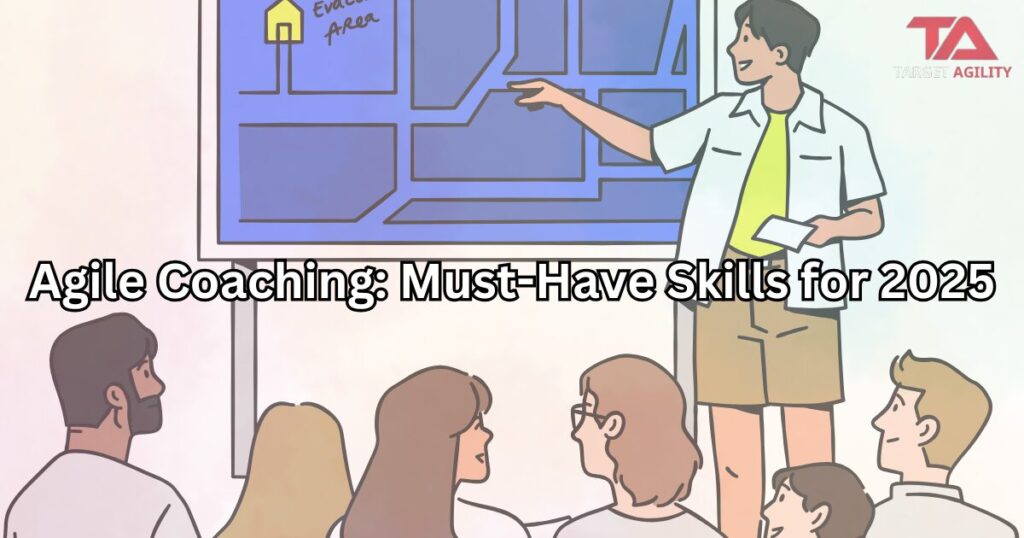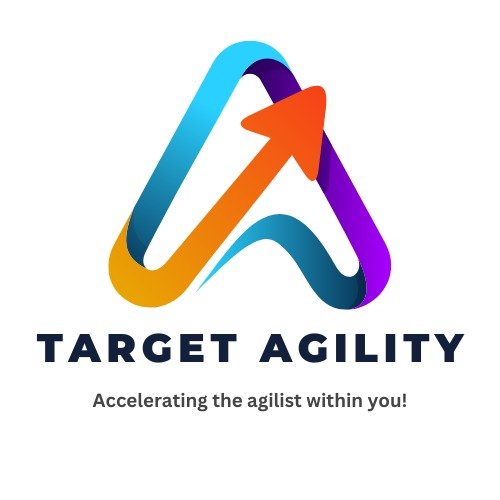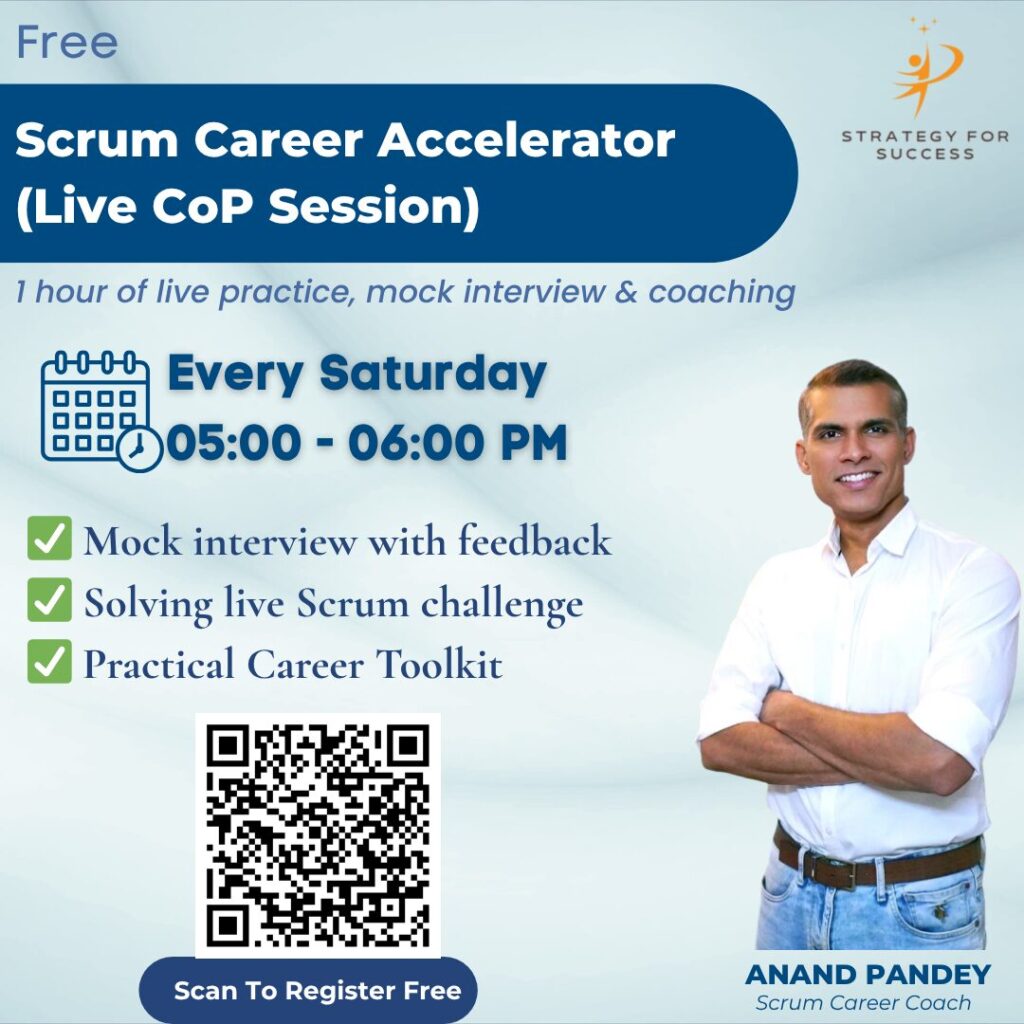Agile Coaching: Must-Have Skills for 2025

Agile is more than just a way to manage projects – it’s now a key part of how businesses work and grow. In 2025, Agile Coaches are playing bigger roles than ever. They help teams work better together, improve processes, and make lasting changes in how companies think and act. If you’re an Agile Coach (or want to become one), here are the most important skills you’ll need to succeed in today’s fast-changing world. Seeing the Big Picture Agile Coaches in 2025 need to understand how the whole company works, not just one team. This means seeing how different departments connect, spotting problems, and helping people work together better. It’s about solving issues across the entire business — not just within IT. Being a Great Coach and Listener Coaching isn’t about giving orders. It’s about listening, asking helpful questions, and helping others find their own answers. A great Agile Coach knows how to support people, build trust, and encourage teams to learn and grow on their own. Using Agile in Every Area Agile isn’t just for software teams anymore. Now, marketing, HR, and even finance teams are using Agile methods. As a coach, you need to know how to apply Agile principles to different types of work and help any team become more flexible and efficient. Using Data to Guide Teams Teams work best when they can see how they’re doing. Agile Coaches in 2025 must be comfortable with using numbers and charts to track progress. You don’t need to be a data expert — just be able to use the right tools and explain what the data means in simple terms. Leading Change One of the biggest parts of being an Agile Coach is helping people deal with change. In 2025, that means more than just introducing new ways of working. It’s about helping people understand why the change matters, and how it will help them and the company succeed. Knowing the Tools Today’s teams use all kinds of tools — like Jira, Trello, Miro, and others. Coaches don’t need to be tool experts, but they should know how these tools work and help teams get the most from them. It’s also important to keep an eye on new tech like AI and how it fits into Agile. Supporting All Kinds of Teams Many teams now work remotely or across different countries. Agile Coaches must be able to work with all kinds of people, understand different cultures, and create a space where everyone feels heard and respected. Helping teams feel connected and supported is a big part of the job. Conclusion Agile Coaches in 2025 need more than just technical skills. They need to think big, work with all kinds of teams, and help people grow. Whether you’re already coaching or just starting out, focusing on these skills will help you make a real impact in your career — and in the teams you support.
Choosing the Right Path: Comparing Waterfall and Agile Product Development

Introduction In the world of software development, there are two main project management methodologies: waterfall and agile. Both methodologies have their own strengths and weaknesses, and the best approach for a particular project will depend on a number of factors, such as the size and complexity of the project, the level of uncertainty involved, and the needs of the stakeholders. Waterfall Methodology The waterfall methodology is a linear, sequential approach to project management. Each phase of the project must be completed before the next phase can begin. This approach is well-suited for projects where the requirements are well-defined and there is little uncertainty. The waterfall methodology can be broken down into the following phases: Agile Methodology The agile methodology is an iterative, incremental approach to project management. The project is broken down into small, manageable chunks, and each chunk is developed and delivered in a short sprint. This approach is well-suited for projects where the requirements are not well-defined or where there is a high level of uncertainty. The agile methodology can be broken down into the following phases: Comparison of Waterfall and Agile The following table compares the waterfall and agile methodologies on a number of dimensions: Dimension Waterfall Agile Planning Extensive upfront planning Less planning, more focus on iteration and adaptation Communication Communication is primarily between stakeholders and project manager Communication is more fluid and occurs throughout the project Risk management Risks are identified and managed early in the project Risks are identified and managed throughout the project Change management Changes are difficult to make once the project has started Changes are easier to make because the project is broken down into smaller chunks Documentation Extensive documentation is created Less documentation is created Testing Testing is done at the end of the project Testing is done throughout the project Deployment Deployment is done at the end of the project Deployment can happen multiple times throughout the project Which Methodology is Right for You? The best approach for a particular project will depend on a number of factors, such as the size and complexity of the project, the level of uncertainty involved, and the needs of the stakeholders. If the project is large and complex, with well-defined requirements, then the waterfall methodology may be a good fit. If the project is small and simple, with less well-defined requirements, then the agile methodology may be a better fit. Ultimately, the best way to decide which methodology is right for you is to consider the specific needs of your project. Conclusion The waterfall and agile methodologies are two of the most popular project management methodologies in software development. Both methodologies have their own strengths and weaknesses, and the best approach for a particular project will depend on a number of factors.
Have you identified your barrier point?

Have you identified your barrier point? My father was a chain smoker. He was very well Aware of the ill-effect of smoking and how it was leading him toward the inevitable. Each time he was hospitalized due to SOB, he underwent tremendous pain being put on a mechanical ventilator. But each time he returned back to home, he would pick up a pack and get back with his habit. He made it clear to everyone that he did not have the Desire to quit smoking. Not that he did not have Knowledge of ways to quit or alternative to smoking. He had tried nicotine patches, gums, e-cigarettes, etc. and he had even demonstrated his Ability to not smoke for weeks at a time. But his strong desire to smoke led to relapses even though he knew his life was the biggest reward which should Reinforce him into the new and good habit. I learnt something – because he could not overcome his desire, his knowledge and ability to quit smoking was of no use. Knowledge and ability cannot come before desire. And that desire cannot come before awareness. In fact, there is a lifecycle where each element falls into the natural order of how one experiences change. I learnt A.D.K.A.R. Awareness: What is the nature of the change and what is the risk of not changing? Desire: What is in it for me to take a personal choice to engage and participate in the change? Knowledge: Do I have sufficient understanding and training on how to bring this change? Ability: Have I been able to demonstrate the capability required to bring that change? Reinforcement: Are the reward and recognition in place to sustain the change? ADKAR is an individual change management model where every element must occur in sequence and they are cumulative for the change to be sustained. When an element early in the model is weak, then the change begins to break down. Identifying a “barrier point” is essential. My father had “Desire” to quit smoking as a barrier point. In that case, neither repeating reasons for the change was adequate, nor was building new skills on quitting. The focus should have been toward addressing the inherent desire to change and its positive or negative consequences. Every change has a different “barrier point”. Finding your barrier point can help you diagnose why a current change is failing and focus your energy and conversation on the area that will most likely produce progress and ultimately success. For your change journey, have you identified your “barrier point”?


